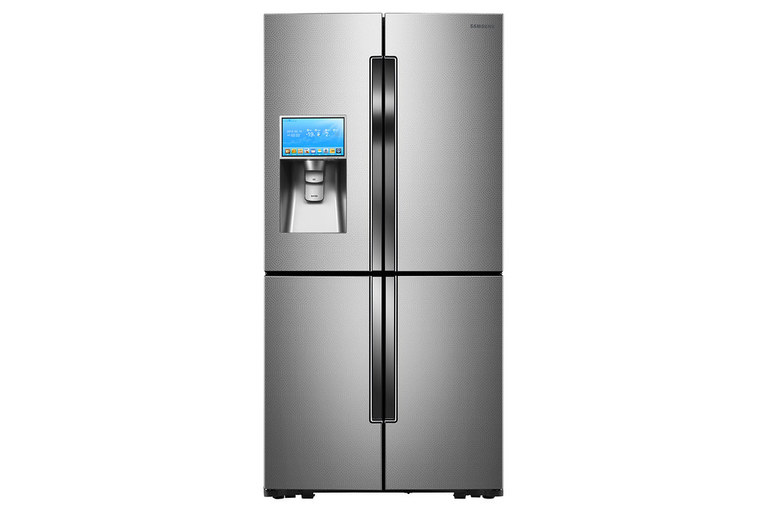
Refrigeration is the process of creating cooling conditions by removing heat from any object. This process is most frequently being used to preserve food and perishable items. Method for preserving food by cooling has been around the thousands of years and the invention of the modern refrigerator did not happen in one day, it was a gradual process.
In around 1000 B.C. the Chinese cut and stored ice whereas Indians learned to leave earthenware pots out during the cold night to make ice. The concept of mechanical refrigeration began when a Scottish doctor Mr. William Cullen observed that evaporation had a cooling effect in the 1720s. After that many efforts had been made to built and improve refrigeration technology. The popularity of commercial refrigeration technology grew toward the end of the 19th century.
Commercialization of refrigeration technology made a competition between their manufacturers, some of the manufacturers were providing fast cooling whereas some of them providing energy efficiency. But in between 1990 to 2000 companies started to apply the internet of things to home appliances like refrigerators. Some manufacturers were also included cameras to monitor food items where users can monitor it by using the internet on their mobile phones. After that most manufacturers are moving to make intelligent and more efficient refrigerators. And the smart refrigerator is a result of this competition.
What is Smart Refrigerator?
A smart refrigerator is a high-tech programmed, intelligent cooling device that can detect the type of items stored in it and keep track of important details such as expiry and best before use time of items by reading Barcode or RFID tags on objects or items. To do this it uses the internet. Yeah! It is not surprising but it fascinates us.
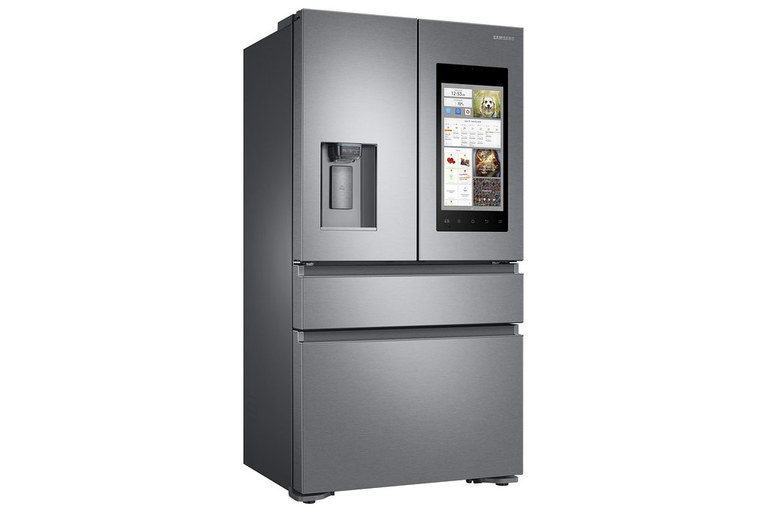
Smart Refrigerator – a one more IoT for smart homes
A smart refrigerator is also known as an Internet refrigerator. So, we can define a refrigerator as a smart gadget if it has internet access and can recognize items, and most importantly it can adjust the internal temperature automatically based on the external temperature. This refrigerator also allows a user to know which items are inside the refrigerator without opening it, by simply checking the display list on an LCD or other output device. It can send its item list to the various display devices by using different wireless connectivity mediums like Wi-Fi, Bluetooth, or Internet. This technology evolved in the early 2000s.
Parts inside it:
A smart refrigerator contains all parts of the common refrigerator and some additional IoT-related units. This gadget has below important units:
- Refrigerant
- Compressor
- Condenser
- Metering, Expansion, and Evaporation
- Power unit
- RFID and Barcode reader
- Control board
- Sensors
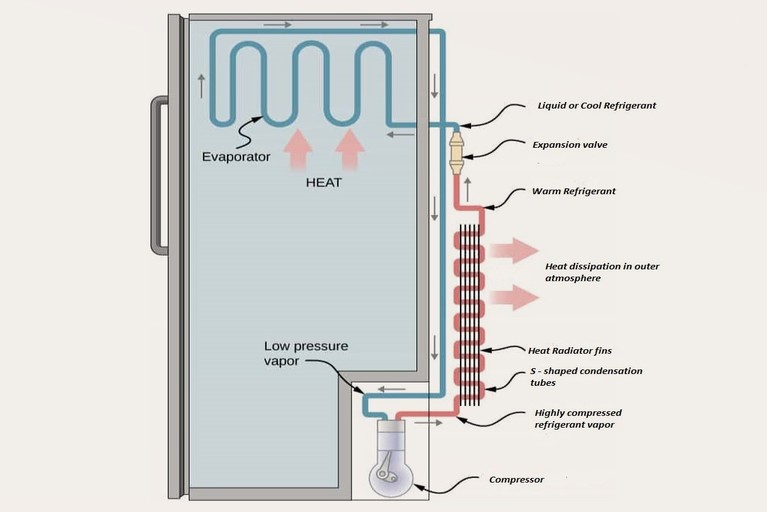
Refrigeration process
Refrigerant:
It is a substance that is being used in the refrigeration cycle. This substance is used in a cooling mechanism of the refrigerator, as the heat carrier changes its physical form from gas to liquid and again back to gas in the refrigeration cycle. Most popularly commercial refrigerants are the compounds of CFCs.
Compressor:
In the first phase of refrigeration or cooling refrigerant enters into a compressor unit as a low-pressure vapor. The compressor compresses the refrigerant vapor to high pressure, causing it to become superheated. Once the refrigerant is compressed and heated, it leaves the compressor.
Condenser:
After leaving the compressor, the refrigerant enters into a condensation unit also known as Condenser. During the condensation stage, the refrigerant flows through a series of S-shaped heat exchange pipes. As the hot vapor flows through the condensation unit, cool air is blown across the S-shaped tubes by a fan. This process exchanges the refrigerant heat with the outer air. As of result, the hot vapor refrigerant reaches its saturated temperature and changes its state to a high-pressure liquid. In this state, refrigerant leaves the condenser and move on to the metering, expansion, and evaporation stage.
Metering, Expansion, and Evaporation:
The liquid refrigerant with high pressure enters into the metering and expansion valve. The metering device works to main the high pressure of refrigerant on the inlet side, while also expanding the liquid refrigerant and lowering the pressure on the outlet side. At the outlet, an expansion process occurs that causes a decrement in the temperature of the liquid refrigerant.
The outlet side of the metering device generates a low-pressure liquid refrigerant and this refrigerant now enters into the evaporation stage. In this stage, the cool liquid refrigerant enters into coiled tubes of the evaporator. Fans are then used to blow warm air from the conditioned space across the evaporator coils. The cooler refrigerant in the evaporator coils begins absorbing the heat of conditioned space or internal space of refrigerator.
Again this liquid refrigerant absorbs the heat and changes its state from liquid to gas. That’s how this process repeated again and again to maintain the cooling of internal space.
Power unit:
This unit is mainly responsible to provide regulated and stable power to every internal unit of this gadget.
RFID and Barcode reader
The RFID (Radio Frequency Identification) reader is a kind of transceiver. It transmits radiofrequency waves to an RFID tag. This tag contains an integrated chip and an antenna. The tag receives the signal and again sends it towards the RFID reader. Based on the received radio signal RFID reader gets the details of items or objects. After that reader sends this received signal to the Control board to generate further data for the items.

RFID reader circuit board
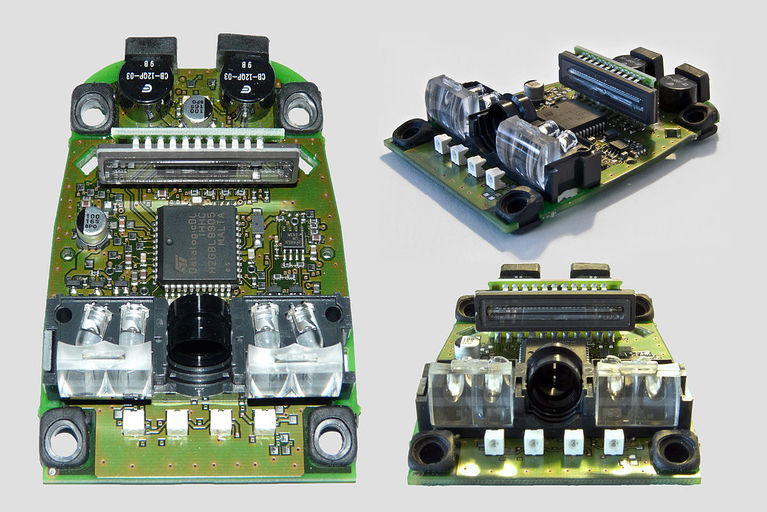
Barcode reader circuit board
Barcode reader works in the same way as RFID reader does. But the main difference is that the Barcode reader uses an optical signal to read the Barcode strip on the items. And it sends the received signal to the control unit to generate further information for the items.
Control board:
The control board or motherboard of a smart refrigerator is the brain of the gadget. This unit is responsible to receives information about various items by using RFID or Barcode tags and search about the items on the internet like the date of manufacturing or best before use. It also has memory to store data of refrigerator items like food, breweries, etc. Smart refrigerators can use Raspberry-Pi and Arduino-UNO as the Control unit. This unit has some interfaces to connect with wireless adapters, display screens, etc.

Arduino-UNO
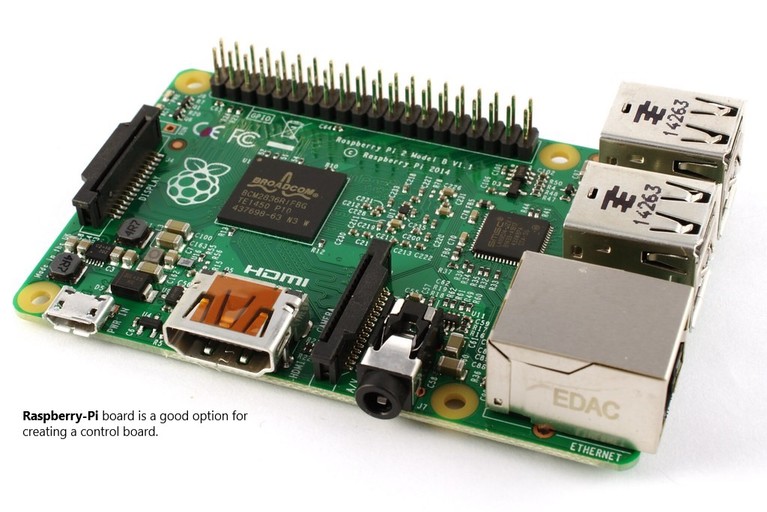
Raspberry-Pi
Sensors:
It is an important part of a smart refrigerator. Various sensors are present in the refrigerator like door position sensor, temperature control sensor, etc. The Reed sensor or Hall Effect sensor is being used to detect the position of the door. This sensor is primarily mounted to the frame of the appliance and a permanent magnet actuator is mounted to the door. Each reed or Hall Effect sensor and magnet actuator is positioned in such a way that the reed or Hall Effect sensor is activated when the door is closed and the light will turn OFF. When the user opens the door, magnet get detached with red or Hall Effect sensor’s activation range, so the sensor gets deactivated and the refrigerator light gets turn ON.
The temperature control sensor is mainly responsible to detect the temperature variation in the internal space of the refrigerator and it sends this variation-related electrical signal to the control unit. And by using this electrical signal control unit changes the internal space temperature.
Working:
When a user places food items into the smart fridge or refrigerator, this refrigerator reads RFID or Barcode tags and collects the information of items from the internet. Suppose that if the user places an ice cream cup inside it, the smart refrigerator reads the tag and collects info about the ice cream cup. Based on this information, refrigerator maintains the temperature of inside space. It is a simple example of the working of the smart refrigerator.
Applications:
Based on their inbuilt programs smart fridge can also inform the user via the internet (by sending a message or an email) about the stored food or perishable. It can able to search different recipe and their procedure based on the stored items. Various developments in this gadget are still in process. You can also use it on your voice by connecting it with smart speakers.
Future of Refrigeration technique:
Environment-friendly designs are on the rise once more. This will require reducing CFC and making a refrigerator smart and eco-friendly.
Thanks for reading. See you soon with another exploration!

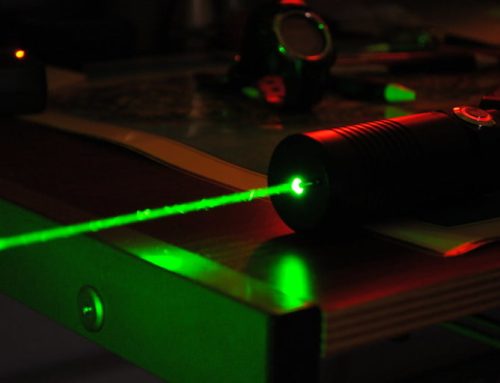
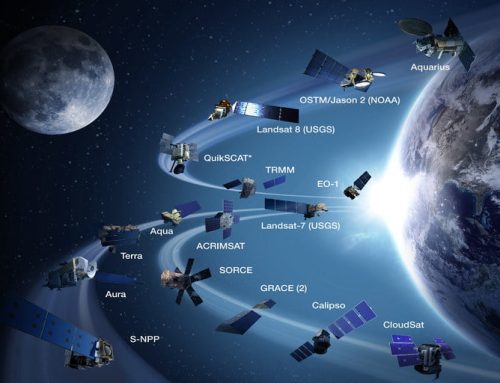

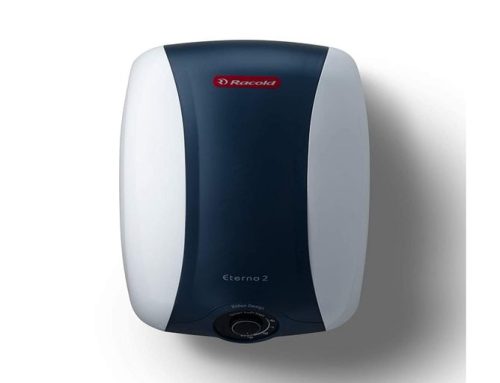

[…] can cause no problem to the appliances. It protects any electronic appliance like Air-Conditioner, Refrigerator, Washing machine, and much […]
[…] on kitchen appliances. As of result, most appliances became smart and intelligent nowadays like Refrigerator, Microwave oven, and Induction stove. Today we are here to explain one more gadget that is unique. […]